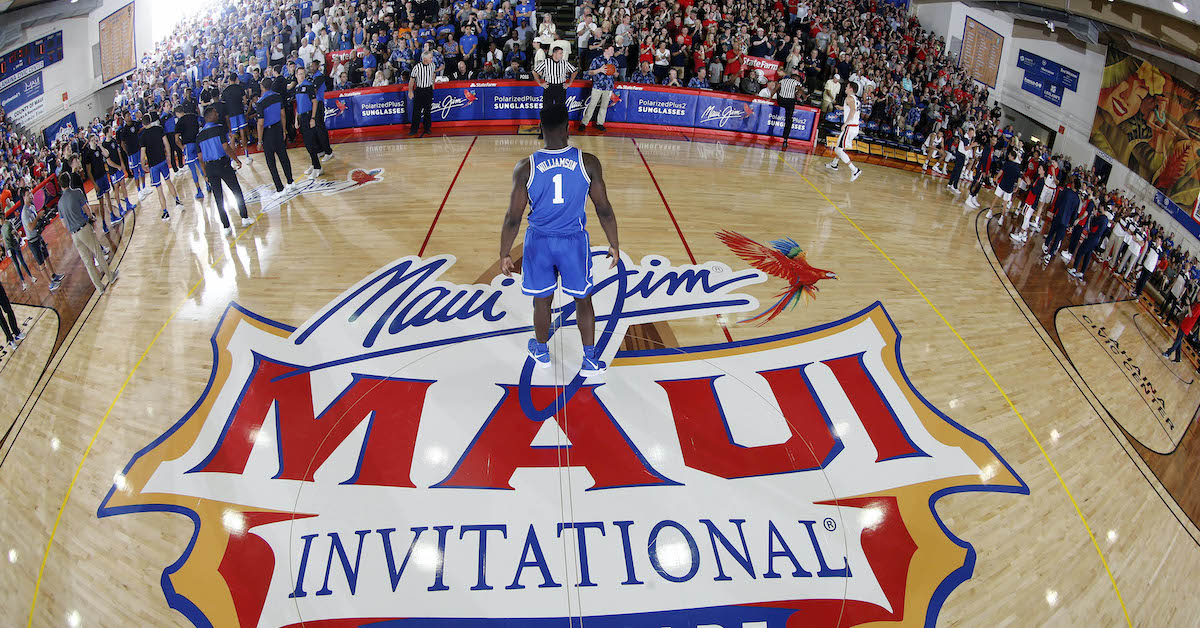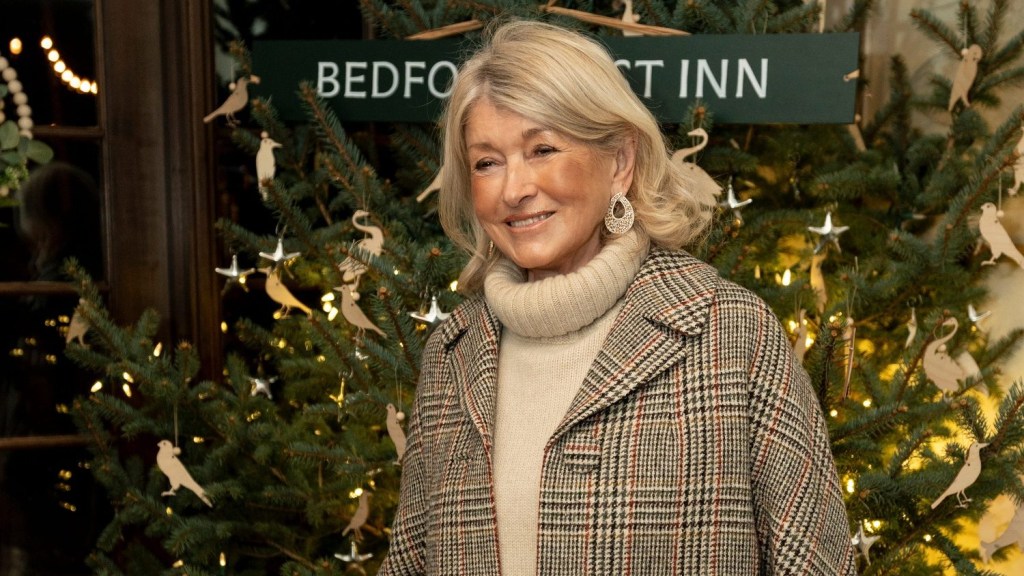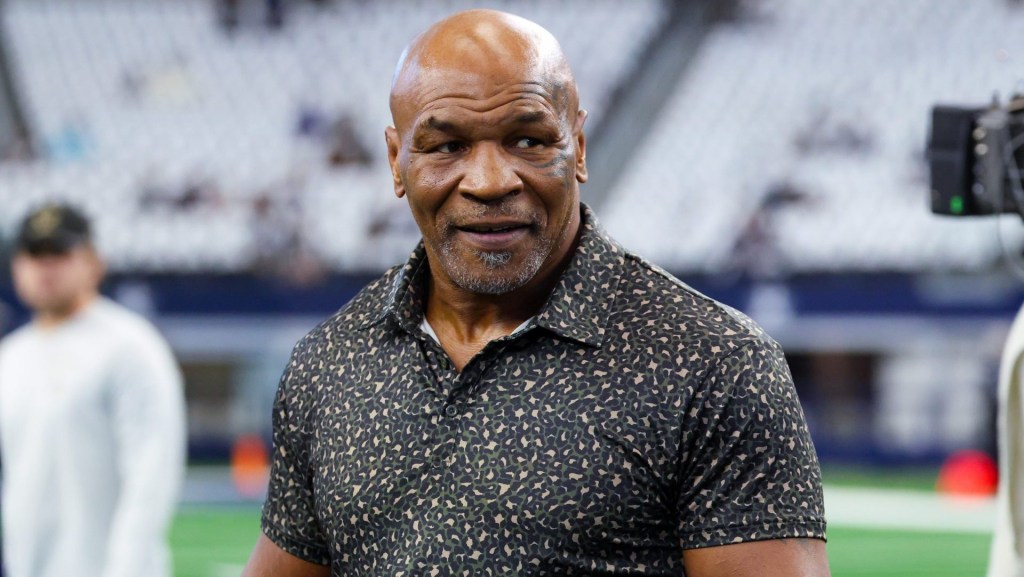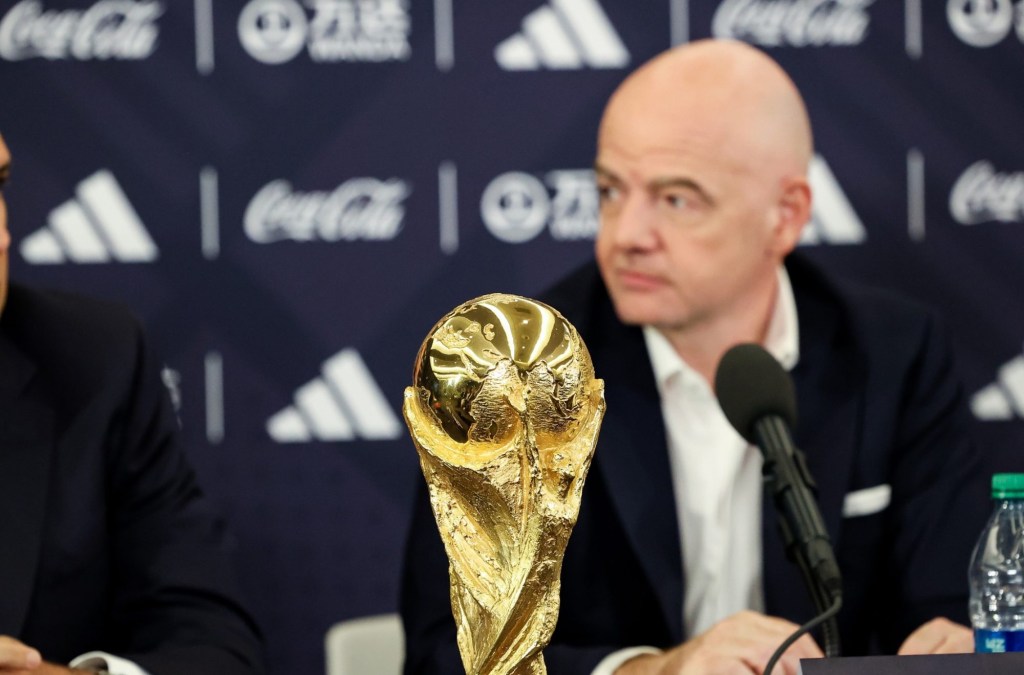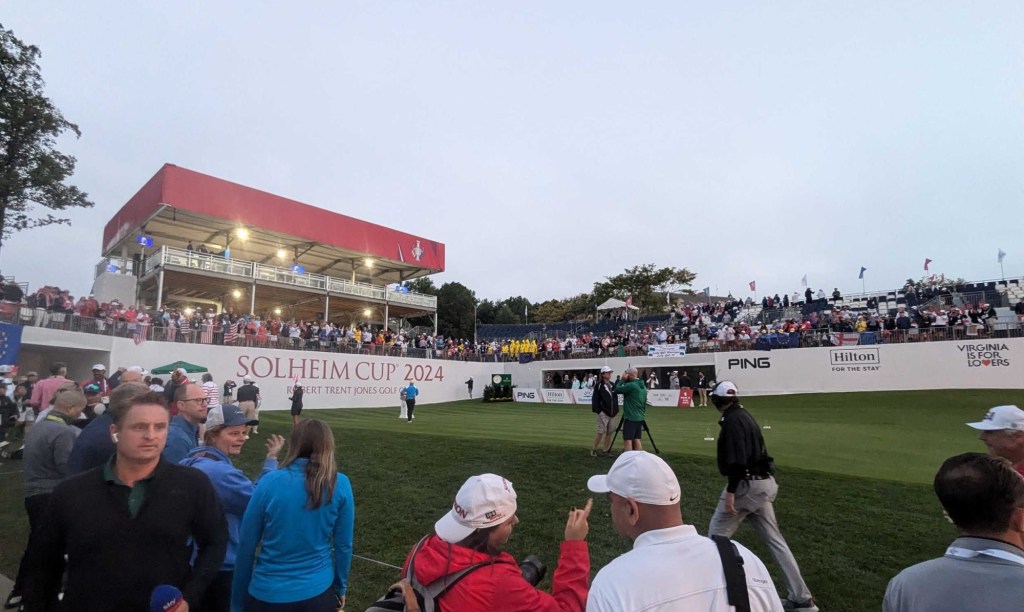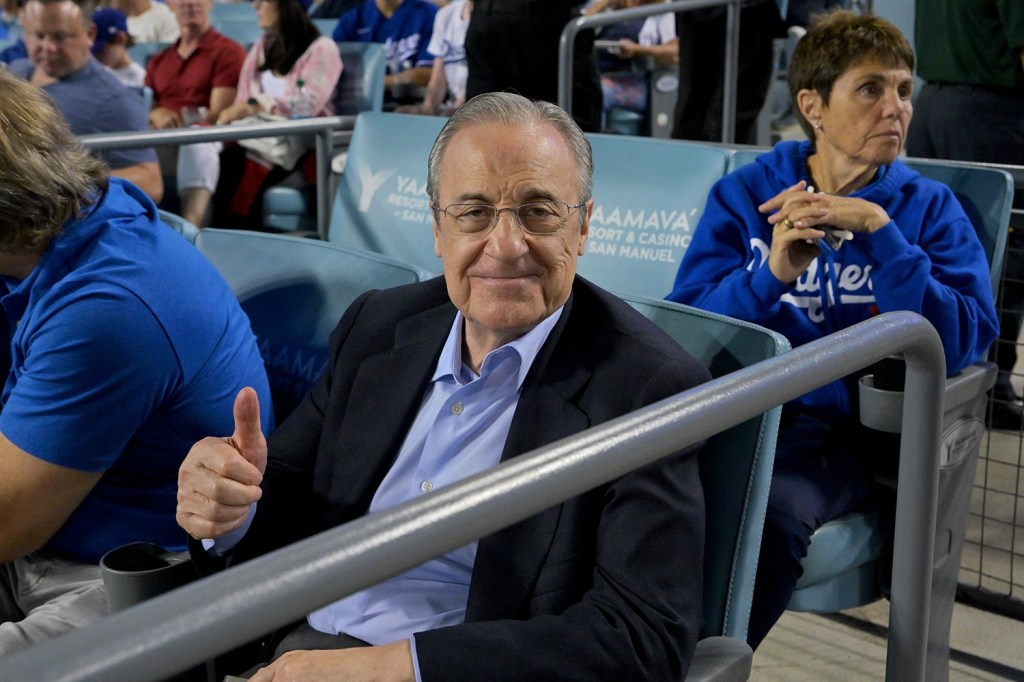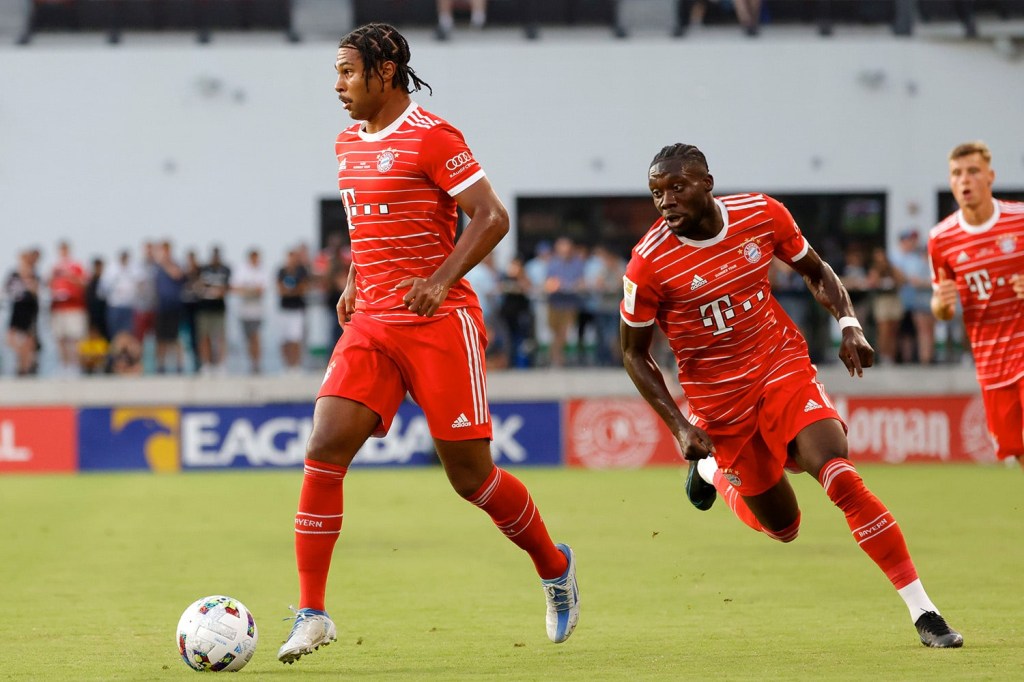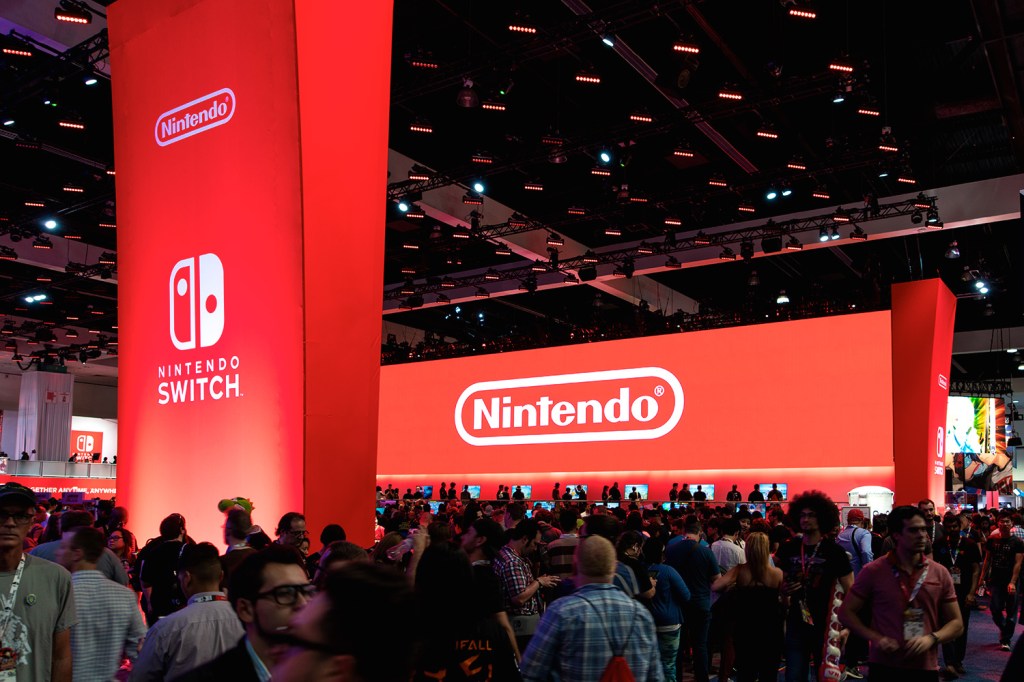
This week, a select few college basketball coaches will be roaming the sidelines in Hawaiian shirts, marking the return of one of the premier early-season tournaments, the Maui Jim Maui Invitational.
While early-season tournaments are a dime-a-dozen now, the Maui Invitational has a 35-year legacy and regularly includes some of the best teams in the nation. This year’s field includes two top-five teams in Michigan State and Kansas.
But beyond just good basketball, there are a variety of reasons it has turned into a must-attend event for teams, coaches and fans, said Tom Valdiserri, executive vice president and co-managing director of KemperLesnik, which owns and operates the tournament.
“It is Hawaii, no question,” Valdiserri said. “But it’s also the atmosphere, a venue with 13 rows and 2,200 seats where fans can hear everything the coaches say and the coaches hear everything the fans say.”
Beyond the atmosphere, KemperLesnik has worked to build the Maui Invitational into a keystone event for both college basketball and the Hawaiian Islands.
While the tournament started in 1984, the roots lie in what many believe is the greatest college basketball upset ever, when then-NAIA school Chaminade beat the top-ranked Virginia Cavaliers in an untelevised and virtually uncovered game in Honolulu. Two years later, Chaminade began hosting the annual tournament – which has since grown and pushed Chaminade to play on the mainland portion of the tournament in even-number years.
While Hawaii doesn’t need a lot of help attracting visitors, the Maui Invitational has made its mark on the Hawaiian tourism industry. Last year, the tournament attracted nearly 7,000 visitors and generated almost $22 million, according to an article on Maui Now. Since 1984, the tournament has contributed more than $250 million in economic impact to Hawaii, including $80 million in the past five years.
While on-court action is important in Maui, the limited seats in the venue has meant that the growth generally has to come outside the venue. That all starts with a personal touch, Valdiserri said. When each of the teams lands at the airport, they’re met with the traditional lai before heading to the hotel where tournament director Dave Odom greets each player and coach.
“It’s that personal touch, they’re made to feel special the moment they walk off the plane,” Valdiserri said. “There’s something for the players, coaches, and fans every day. It’s more than just basketball, it’s a cultural experience. They’ll leave with a great understanding of the Hawaiian culture.”
It starts on Saturday before play starts, with a team event on the beach at the Sheraton Hotel, which includes a cornhole competition and the preliminary rounds of a players’ hula competition. On Sunday at the Hyatt lawn, there’s an evening with the coaches for fans, hosted this year by Jay Bilas, which includes an informative and, often, humorous Q&A session before the hula finals.
There are also clinics, one in September for up to 150 children and another clinic for coaches, sometimes more than 50.
“Working with Chaminade, one of the goals is to grow the sport in the state,” Valdiserri said. “What you see is the programs underfunded and that many of the coaches are gym teachers helping out without coaching training.”
The tournament also raises money for the Maui Food Bank through an auction, which generated $43,000 last year, enough for 152,000 meals.
Once play starts Monday, the event includes a fan fast outside the venue to serve up local food and provide fans with the ability to sign up for experiential Hawaiian excursions.
It’s the Hawaiian lifestyle that also helps attract some significant partners, such as the title sponsor Maui Jim Sunglasses and Tommy Bahama. For Maui Jim, each time a fan buys a travel package to the tournament, they receive a pair of sunglasses that come with a fitting once they arrive at the hotels.
“This event and these brands, they’re high end,” Valdiserri said. “It’s not inexpensive to come here, but when you do you want to do it right.”
READ MORE: NCAA College Basketball Heads North To Canada For The Inaugural Naismith Classic
Valdiserri said the invitational also sets itself apart by being the only such tournament to broadcast all its games, including six in primetime, on national television with its ESPN partnership. Last year, the tournament reached 8.9 million viewers on television.
There’s a certain pedigree attached to the teams that compete each year in the Maui Invitational, with five champions going on to win the season’s NCAA Championship over the tournament’s history. Valdiserri said they watch all year to see which teams and players go on to the Final Four or NBA Draft. Keeping the competition tough keeps coaches coming back, fans intrigued and broadcasts worthwhile.
“[Coaches] know the competition will be different every year and that’s what a lot of teams are looking for, particularly. Now with the value of neural site wins and level of competition that this event and others like it offer,” Valdiserri said. “Teams want to be in them, they want a non-conference schedule that’s sterling. That’s what keeps it going.
“We also don’t rest on our laurels, what could be good, what could be better and always measuring against ourselves.”
